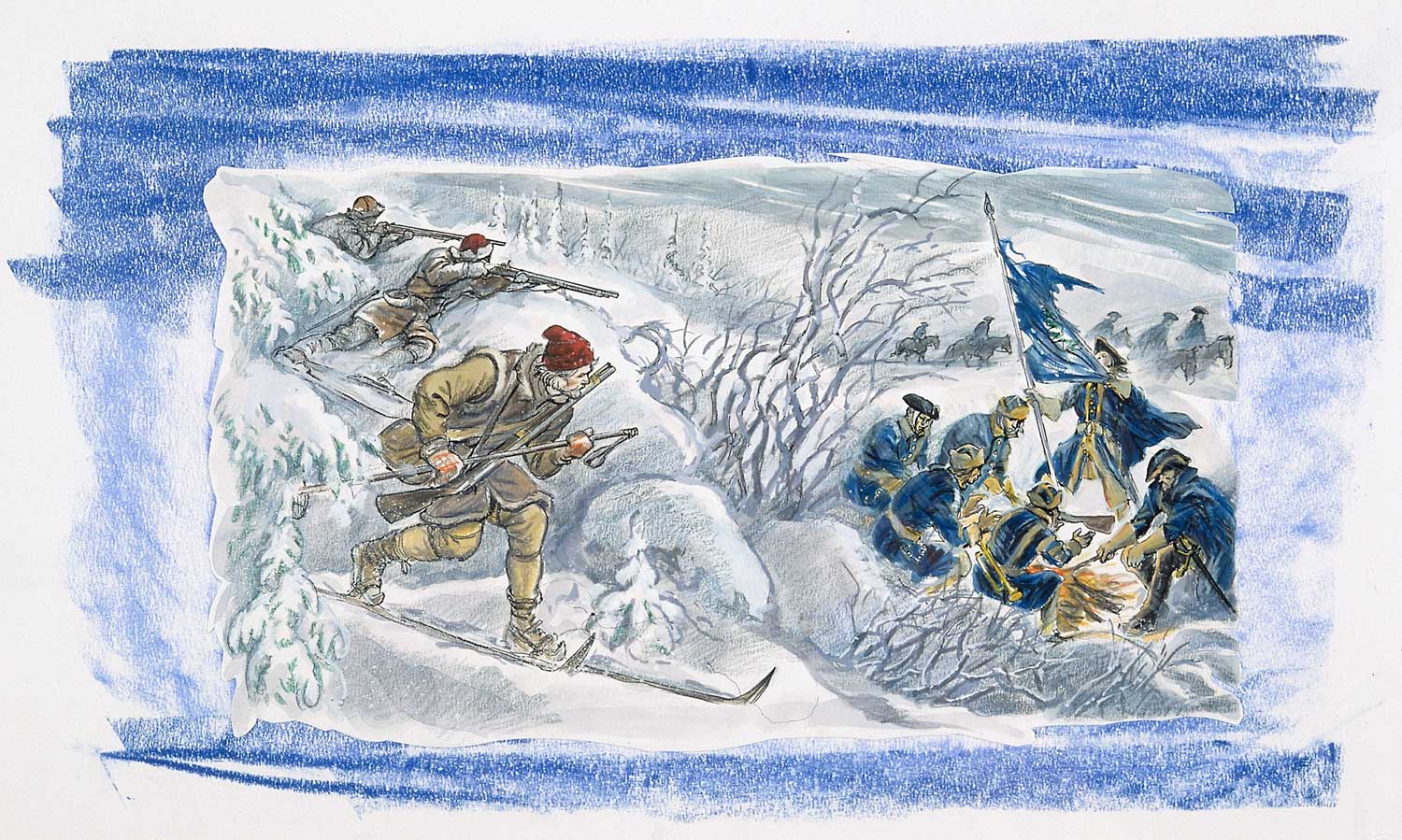When you travel in the borderland mountains between Jämtland and Tröndelag you can sense a certain brotherhood that dates way back. One thing that affected both regions on the swedish and the norwegian side was the war campaign in 1718-1719, which lead to a disastrous retreat for the swedes in the middle of a blizzard.













